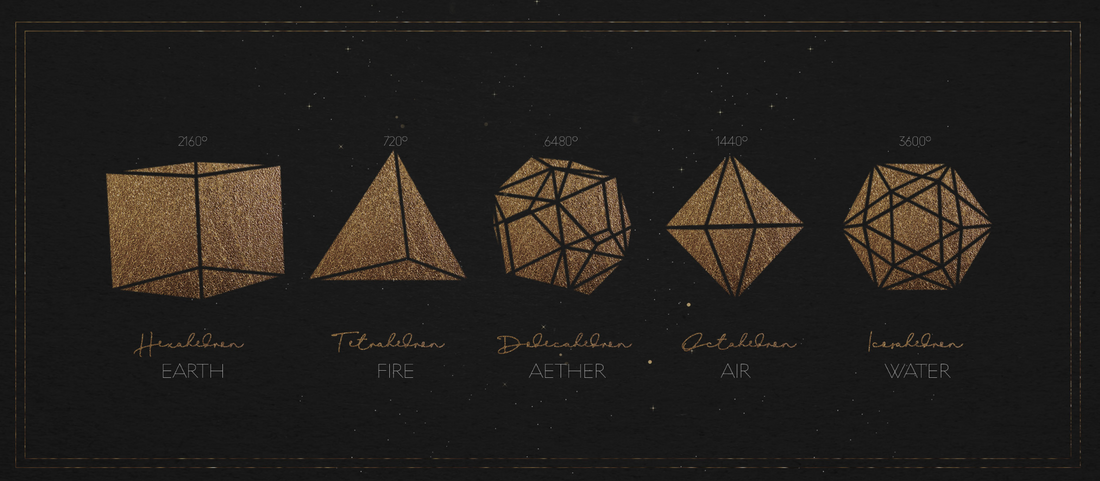
DIAMOND ELEMENTS
Share
Diamonds have long been admired for their beauty and brilliance. But did you know that these precious gemstones are not only a product of nature, but also have a fascinating connection to the world of mathematics? In this blog post, we will explore the relationship between diamonds and platonic solids, and delve into the creation of diamonds from stardust.
What are Platonic Solids?
Platonic solids are three-dimensional shapes that have identical faces, edges, and vertices. There are only five platonic solids: the tetrahedron, cube, octahedron, dodecahedron, and icosahedron. These shapes have been studied for centuries and are named after the ancient Greek philosopher Plato, who believed that these solids represented the fundamental building blocks of the universe.
The Connection Between Diamonds and Platonic Solids
So, what do diamonds have to do with platonic solids? It turns out that the crystal structure of diamonds is based on the face-centered cubic lattice, which is a three-dimensional arrangement of atoms. This lattice structure closely resembles the geometry of the cube, one of the platonic solids. Each carbon atom in a diamond is bonded to four neighboring carbon atoms, forming a tetrahedral arrangement. This tetrahedral structure is also a characteristic feature of the tetrahedron, another platonic solid.
The Creation of Diamonds from Stardust
Diamonds are formed deep within the Earth's mantle, under extreme heat and pressure. But where does the carbon come from? The answer lies in the stars. Stars undergo a process called nucleosynthesis, where lighter elements are fused together to form heavier elements. When a massive star reaches the end of its life and explodes in a supernova, it releases a tremendous amount of energy, creating the perfect conditions for carbon atoms to come together and form diamonds.
During the explosion, carbon atoms are ejected into space, along with other elements. Over millions of years, these carbon atoms come together and crystallize, forming diamonds. These diamonds are then transported to the Earth's surface through volcanic eruptions, where they can be mined and eventually transformed into the beautiful gemstones we know and love.
So, the next time you admire a diamond, remember its connection to the world of mathematics and the stars. Diamonds are not only a symbol of beauty and luxury, but also a testament to the incredible forces of nature and the intricate patterns found in the universe.
